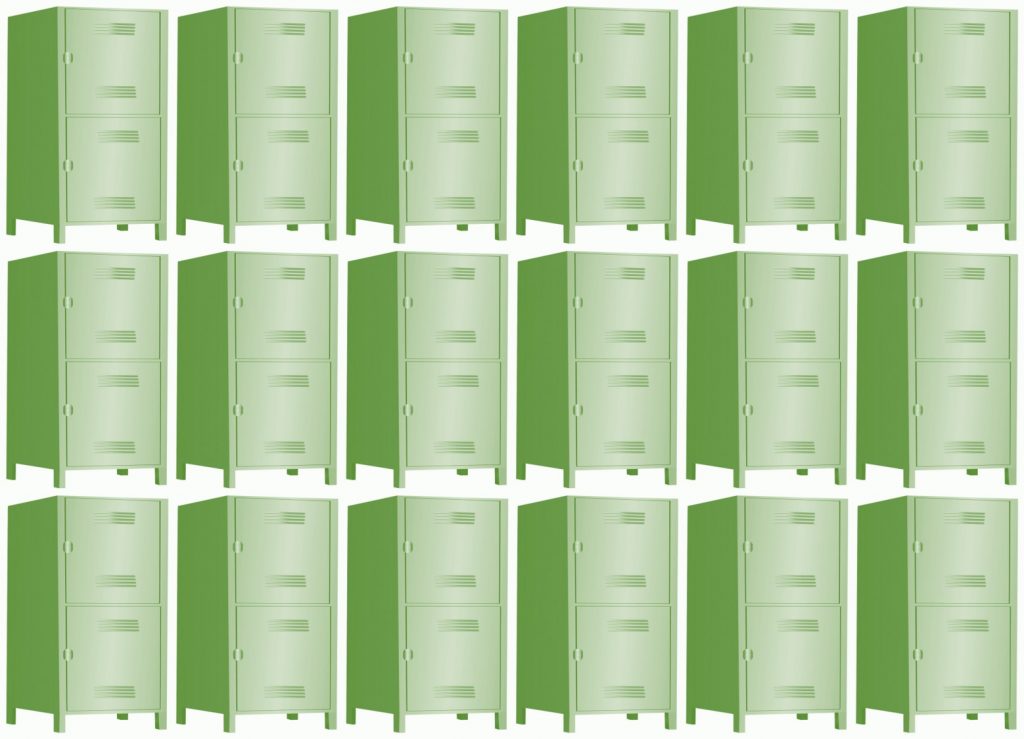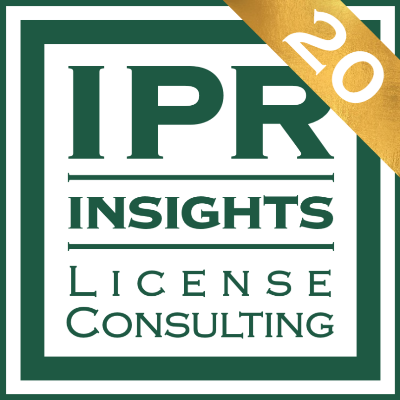The user-friendly tool for cost-effective and legitimate software asset management
IPR-Insights considers the implementation of the possible most automated system essential to set up and run an efficient software asset management process.
Our proprietary modular SAM-Insights is a dedicated user-friendly software asset management tool. Its unmatched complex functionality was specified by our experts with comprehensive licensing knowledge and software audit experience. The regularly updated knowledge base includes the licensing schemes of the major vendors, thus data registration is easier, more accurate, and quicker.
In addition to software and hardware data collection, and the full implementation of enterprise software inventory registration, an exceptional S.M.A.R.T. license reconciliation feature and optional modules – like collecting non-scannable licensing data, software request, or elimination of unnecessary and not approved usage – also support the work of a license manager.
SAM-Insights Core System
Based on our experience, successful software inventory management mostly depends on the completeness of data collection, adequacy of application identification, and accuracy of handling license features. Therefore, these three fields have been identified as key factors when developing our system. SAM-Insights is a modular system and its modules support various segments of software asset management. (Some modules provide functionalities covered by the SAM-Insights license, but implemented only upon request and for an additional fee.)
Optional Modules of SAM-Insights
There are also optional modules available for an additional charge. These modules provide extra functionality for the SAM-Insights system:
 By providing appropriate permissions and data sources, ACDC is able to read and load into SAM-Insights system the usage data of software products that are not measurable by scanning the computers.
By providing appropriate permissions and data sources, ACDC is able to read and load into SAM-Insights system the usage data of software products that are not measurable by scanning the computers.
In these cases, software is not licensed based on the number of installations, but other metrics (e.g. number of users, number of transactions, etc.). Another case might be the absence of installed components (e.g. Core CAL).
 The BMail module can send automatic notification or alert emails to users. It is based on the database and data collections of the SAM-Insights system, supplemented with data from the company-specific interfaces.
The BMail module can send automatic notification or alert emails to users. It is based on the database and data collections of the SAM-Insights system, supplemented with data from the company-specific interfaces.
Possible mail topics include: using licenses that expire within 30/60/90/120 days; game software, portable, torrent, etc. use of software; use of “prohibited” software based on software catalog rating.
The content and format of the notification sent can be customized according to the needs of the company. Freedom of content is provided by the arbitrary use of SAM-Insights reports, as well as mixed, customized new custom reports, while formal freedom is provided by the possibilities of editing in HTML and CSS.
The Cloud Query module enables the SAM-Insights system to query license and usage data from major vendor’s portals related to the cloud-based software and display it in individual reports within the system. This data also helps ensure that the license allocation process takes into account the user-license assignments specified on the vendor’s portal.
ILMT Connector implements the integration between ILMT and SAM-Insights systems. It enables the dynamic display of usage data regularly reported by ILMT in the SAM-Insights compliance report.
The usage data can be compared with the license inventory stored in SAM-Insights, and servers that are not scanned by the SAM-Insights core system can also be included in the integrated analysis. In the reports determined by the license allocation of the SAM-Insights database, those IBM products (as well as their usage rate) whose measurement unit is "full capacity" (PVU_Full_Cap) or "partial capacity" (PVU_Sub_Cap) in IBM terminology appear.
Through the integration of SAM-Insights and ILMT, the license manager gets a comprehensive picture: it is possible to review the licenses and software included in asset management on one interface.
In the case of an internal or external audit, the complete software and license report can be generated with the push of a button.
 The Software Catalog module gives the means to assign a corporate level classification to certain software versions. This classification may include categorization (forbidden and approved software version) or other specifications (e.g. operational ones).
The Software Catalog module gives the means to assign a corporate level classification to certain software versions. This classification may include categorization (forbidden and approved software version) or other specifications (e.g. operational ones).
The goal of categorization is implementing operational and security aspects in software usage, and homogenizing the software park by unified version usage. Prior to launching the SWCat, classification categories should be defined, and descriptions of categorization principles attached.
 In the case of Oracle Database products, license need is not solely defined by installed functions, but internal configurations and hardware environment also must be considered. Based on most users’ opinion, not only non-compliant usage carries considerable financial risk due to the intensive audit activity of Oracle, but also its opaque license terms, and the ease of switching on unlicensed database options (without notice regarding license fee implications).
In the case of Oracle Database products, license need is not solely defined by installed functions, but internal configurations and hardware environment also must be considered. Based on most users’ opinion, not only non-compliant usage carries considerable financial risk due to the intensive audit activity of Oracle, but also its opaque license terms, and the ease of switching on unlicensed database options (without notice regarding license fee implications).
IT teams responsible for running Oracle installations would clearly benefit from ORCA for SAM-Insights, an independent tool that helps in monitoring actual product usage and licensing demand based on Oracle’s licensing policies.


